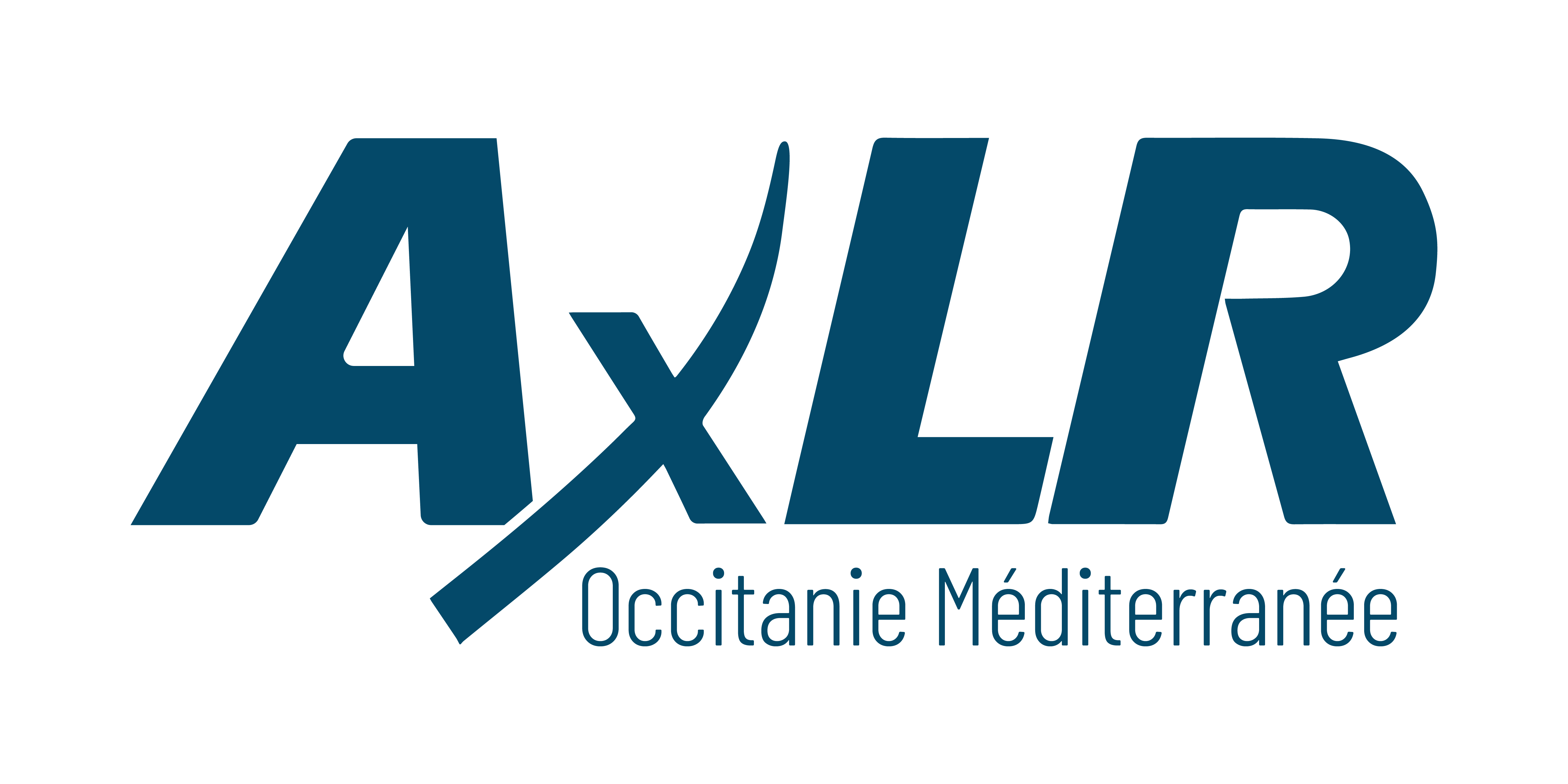3D-CELLS
Innovative 3-dimensional cell culture solution
Available technology
Desired partnership(s)
- Licensing
IP
- Patent
Establishment(s)
- University of Montpellier
- CNRS
- ENSCM
- Inserm
Laboratory(ies)
- IEM (European Membrane Institute) - URM5635
- INM (Montpellier Institute of Neurosciences) - U1051
Secondary pole
- Chimie & Matériaux
Keywords
- Sub-micron fiber matrix
- Electrospinning
- 3D cell culture
Context
Three-dimensional (3D) cell culture systems offer an approach that is more relevant with respect to environmental conditions facing cells in the body than the two-dimensional cell culture systems typically used in research and development (R&D) efforts. Cellular growth in these new models takes place in a 3D environment, which enables cells to interact with each other, the extracellular matrix, and their microenvironment. As the morphology and interactions of 3D cultured cells are closer to what happens in vivo, their cellular processes are also more closely related to those observed in vivo. Many 3D cell culture systems have been developed over the past few years, but they all have significant disadvantages concerning the type of matrix used.
Benefits
This innovative 3D cell culture apparatus is based on a submicron fiber matrix. Notably, it addresses the main disadvantages of existing devices:
High reproducibility;
Biocompatibility;
Mesh is permissive but forces cells to deform;
Capacity for fiber topo-induction;
Possibility to differentiate the impact of physical and chemical properties on biological processes by independently regulating the physical and chemical properties of the fiber medium;
Possibility to perform complex (omics) analyses and imaging.
Applications
Cellular tests for R&D and research (oncology research, screening, toxicological studies, etc.);
Biomaterials (bone regeneration, bone marrow regeneration, etc.);
Personalized medicine (stem cell culture, IPS cells, differentiated cells, etc.).
AVAILABLE TECHNOLOGY | Sub-micron fiber matrix – Electrospinning – 3D cell culture
